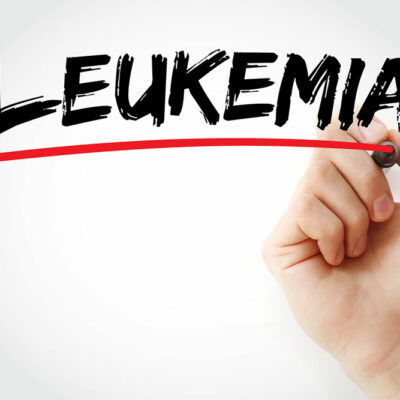
6 factors that can increase the risk of developing uterine cancer
Also known as womb cancer, uterine cancer is a condition that originates in the tissue of the female reproductive organ. The uterus is a small, pear-shaped organ that is hollow and carries the function of fetal development. There are many types of uterine cancer, but the most common one is the endometrium cancer. This type of cancer is triggered when the cells in the inner lining of the uterus grow disproportionately. Uterine cancer typically develops after menopause and is reported to be more common among women who are obese.
Fortunately, it is detected in the early stages as it exhibits abnormal symptoms that prompt women to consult their doctor. Discovery of the condition early on can even aid in complete cure through surgical removal of the uterus. The most common symptoms of uterine cancer include vaginal bleeding post menopause, incessant bleeding between periods, pain in the pelvic muscles, and an abnormal blood-like vaginal discharge.
Here are 6 factors that can increase one’s risk of suffering from uterine cancer:
Hormonal imbalance – Estrogen and progesterone make for two main female hormones produced by the ovaries. When there is a fluctuation in the levels of these hormones, there may be changes noted in the endometrium. A condition that leads to an increase of estrogen levels while keeping the progesterone levels consistent in the body can trigger abnormal cell growth in the endometrial. However, there is no specific cause that can be pointed to have a role to play in this hormonal imbalance.
Increased years of menstruation – In some cases, the beginning of menstruation at an early age such as before the age of 12 years or the occurrence of menopause in the much later years can be identified as a risk factor of uterine cancer. When the years of menstruation increase, the endometrium is also exposed to a higher level of estrogen, thus, posing to increase the risk.
Never been pregnant – Women who have never undergone pregnancy, face a higher risk of developing uterine cancer than women who have been pregnant at least once. There is no understanding of why this poses to be a risk and further research is being undertaken.
Aging – As a woman gets older, she is at a higher risk of suffering from uterine cancer. Old age does not have a direct connection with the trigger of uterine cancer; however, it is menopause, which a woman goes through as she ages, that poses as a risk factor.
Obesity – As mentioned earlier, being overweight or obese can increase the risk of developing this type of cancer. Obesity increases the level of body fat in the body. This, in turn, triggers an alteration in the normal balance of the hormones in the body.
Hormone therapy – Hormone therapy is usually given to women who are afflicted by breast cancer. It includes the consumption of a medication known as tamoxifen which can play a role in the development of uterine cancer. Women who take this medication must discuss the risk factors with the doctor. However, in most cases, it brings more benefits than its risk of causing uterine cancer.


